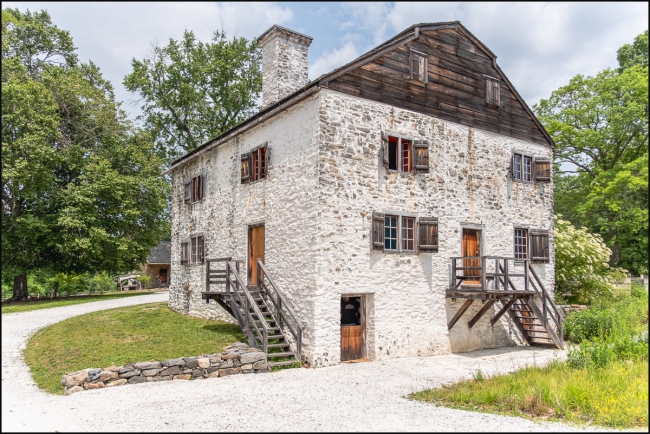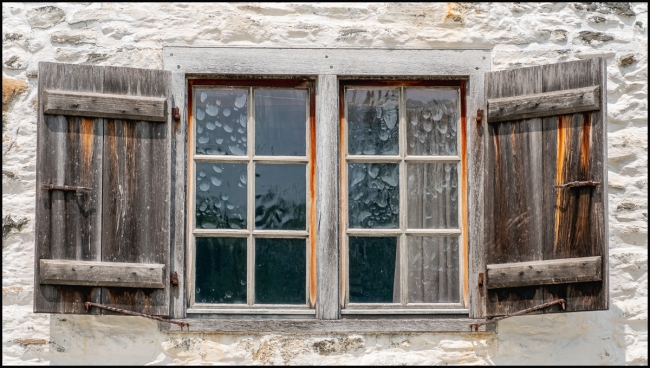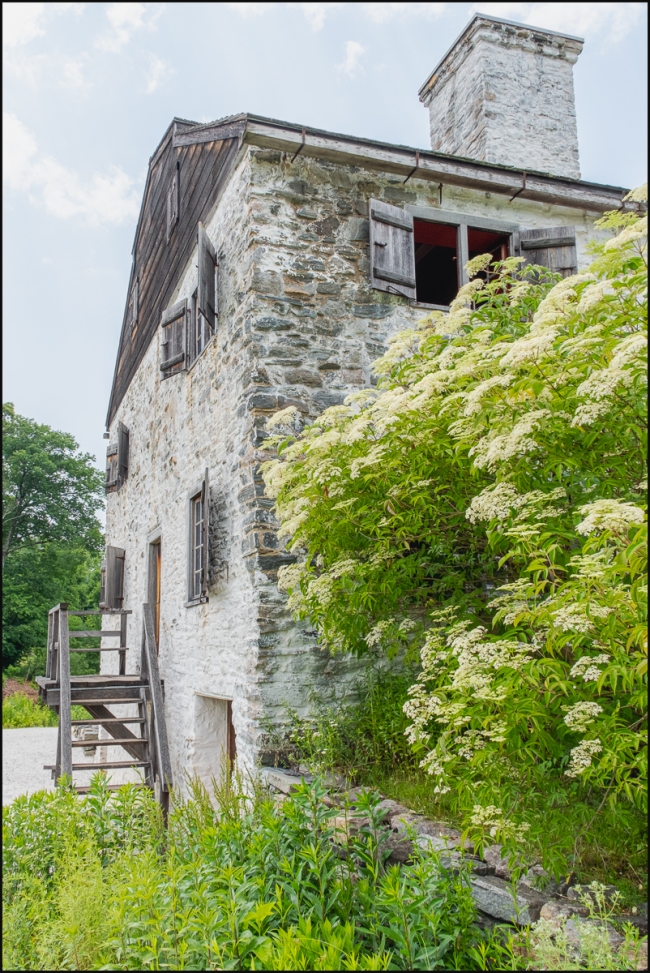The manor dates from 1693, when wealthy Province of New York merchant Frederick Philipse was granted a charter for 52,000 acres (21,000 ha) along the Hudson River by the British Crown. He built a facility at the confluence of the Pocantico and Hudson Rivers as a provisioning depot for the family Atlantic Sea trade and as headquarters for a worldwide shipping operation. For more than thirty years, Frederick and his wife Margaret, and later his son Adolph shipped hundreds of African men, women, and children as slaves across the Atlantic.
By the mid 18th century, the Philipse family had one of the largest slaveholdings in the colonial North. The family seat of Philipsburg Manor was Philipse Manor Hall in Yonkers
The manor was tenanted by farmers of various European backgrounds and operated by enslaved Africans. (In 1750, twenty-three enslaved men, women, and children lived and worked at the manor.)
At the outbreak of the American Revolutionary War, the Philipses supported the British, and their landholdings were seized and auctioned off. The manor house was used during the war, most notably by British General Sir Henry Clinton during military activities in 1779. It was there that he wrote what is now known as the Philipsburg Proclamation, which declared all Patriot-owned slaves to be free, and that blacks taken prisoner while serving in Patriot forces would be sold into slavery. (Wikipedia)
Named a National Historic Landmark in 1961, the farm features this stone manor house filled with a collection of 17th- and 18th-century period furnishings. I believe it’s the only original building on the site, the remainder being reproductions.
Taken with a Fuji X-E3 and Fuji XC 16-50mm f3.5-5.6 OSS II



